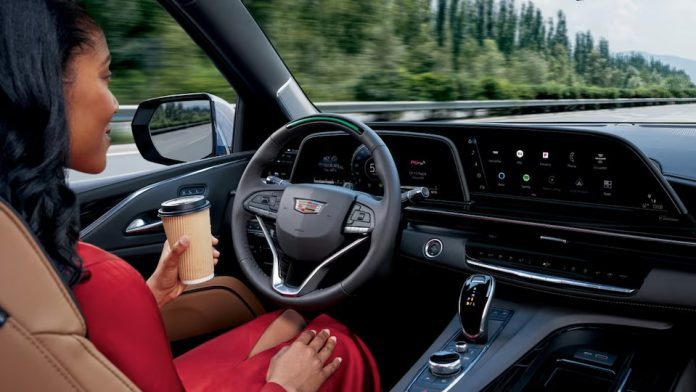General Motors has revealed intentions to increase the range of its Super Cruise advanced driver assistance system—which, on some highways, permits drivers to take their hands off the wheel—to almost twice as far as it did before.
Currently, Super Cruise operates on 400,000 miles of U.S. and Canadian roadways. Over the next two years, the company intends to add roughly 40,000 miles of additional highways every quarter, bringing Super Cruise’s total mileage in the U.S. and Canada to approximately 750,000 by 2025.
Since its 2017 debut, Super Cruise, the pioneering hands-free ADAS from GM, has expanded its coverage to include non-divided state and federal highways, along with major routes linking smaller towns and cities. The extended coverage encompasses iconic routes like US Route 66, the Trans-Canada Highway, the Overseas Highway, and the Pacific Coast Highway, now available on GM’s 2023 models. This expansion includes two-lane highways connecting rural areas, small towns, and backwoods regions, catering to activities like RV trips, hiking, hunting, and camping, as highlighted by David Craig, GM’s Chief of Mapping.
GM is seamlessly integrating these additional roads through over-the-air updates, at no extra cost, and will continue this expansion through 2025. Nearly all Super Cruise-equipped vehicles will benefit from this enhancement, excluding the Cadillac CT6, Chevrolet Bolt EUV, and Cadillac XT6.
The automaker relies on Dynamic Map Platform, a Michigan-based company, for its mapping data. Dynamic Map Platform’s fleet thoroughly scans “every mile of the road” using lidar laser sensors to provide detailed information. GM’s central system seamlessly integrates these maps, ensuring quarterly software updates to keep each vehicle operating with the latest map version and maintaining accuracy and relevance.



